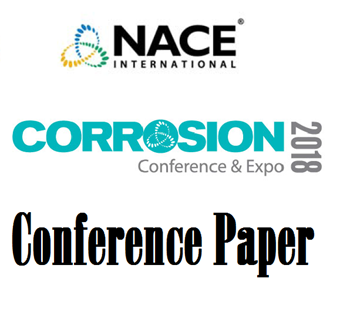Search
51315-5756-Metallurgy and Corrosion Resistance of UNS N06686 Weld Metal
Also Purchased
51312-01702-Severe Sour Gas Testing of a High Strength Corrosion Resistant Ni-Cr-Mo Alloy
Product Number:
51312-01702-SG
ISBN:
01702 2012 CP
Publication Date:
2012
$20.00
51318-11154-Preliminary corrosion testing of explosive cladded materials in geothermal environment
Product Number:
51318-11154-SG
Publication Date:
2018
$20.00
01374 CORRELATION OF OXIDATION, CARBURIZATION AND METAL DUSTING; "CONTROLLING CORROSION BY CORROSION"
Product Number:
51300-01374-SG
ISBN:
01374 2001 CP
$20.00




